Robo-Bugs Are Joining Swarms Like Undercover Agents
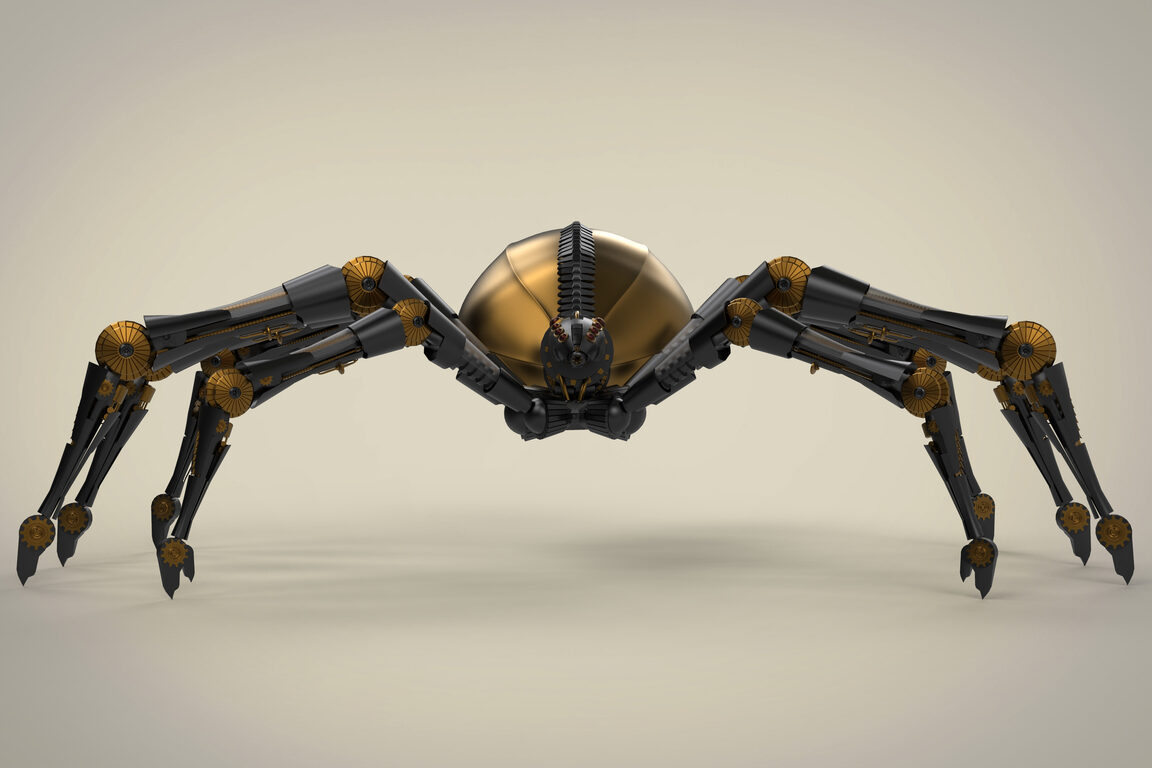
Imagine a tiny robotic insect slipping into a swarm of real bugs like a well-dressed spy at a masquerade ball. That’s exactly what researchers are doing—building tiny robotic bees and locusts that can mimic insect behavior just enough to blend in. These little bots are equipped with sensors, wings that flap like the real thing, and microchips that let them send and receive signals in bug-speak. The goal? To influence the swarm’s behavior from the inside, without the swarm realizing it’s being nudged. It’s like the bug version of Inception—planting ideas, only with pheromones and wingbeats.
This tech allows scientists to steer real swarms away from danger or toward pollination hotspots. Picture a robotic scout guiding its fuzzy friends away from pesticides or into new agricultural zones. The swarm follows, none the wiser, and humans get better crop yields without synthetic chemicals. What looks like a buzzing cloud is actually a carefully choreographed ballet of nature and machine. And we’re only scratching the thorax of what’s possible.
Mechanical Bees Are Teaching Real Bees to Dance Better
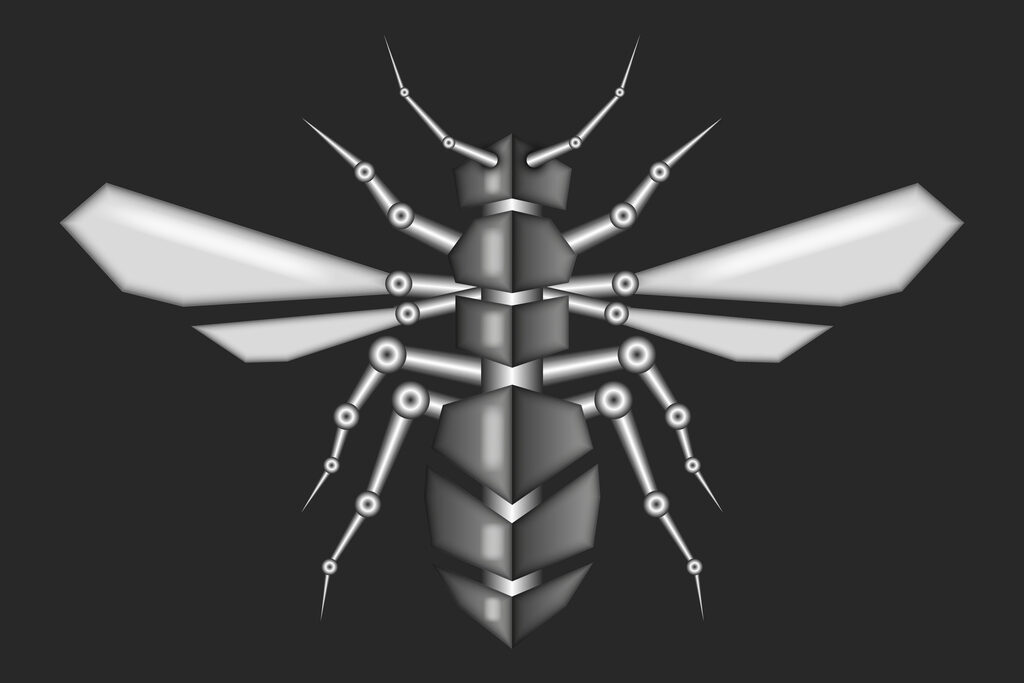
Bees communicate through movement—specifically, the famous waggle dance. It’s how they let each other know where the good stuff (flowers, nectar, pollen) is located. Now, scientists have built robotic bees that can not only perform the waggle dance but do it so convincingly that real bees follow their lead. These robo-dancers are made with vibrating parts and subtle motions that mimic the real thing, down to the buzz. It’s equal parts adorable and mind-blowing.
By placing robotic bees inside hives, researchers can direct swarms toward safer or more productive areas. Want to protect a rare flower species from dying out? Send in the wagglebot. It’s like giving nature a GPS, delivered in its own native language. What’s more, this helps protect bee populations from venturing into toxic zones filled with pesticides or urban sprawl. We’re not just watching robots dance—we’re watching them save ecosystems one shimmy at a time.
Life-Saving Environmental Scouts
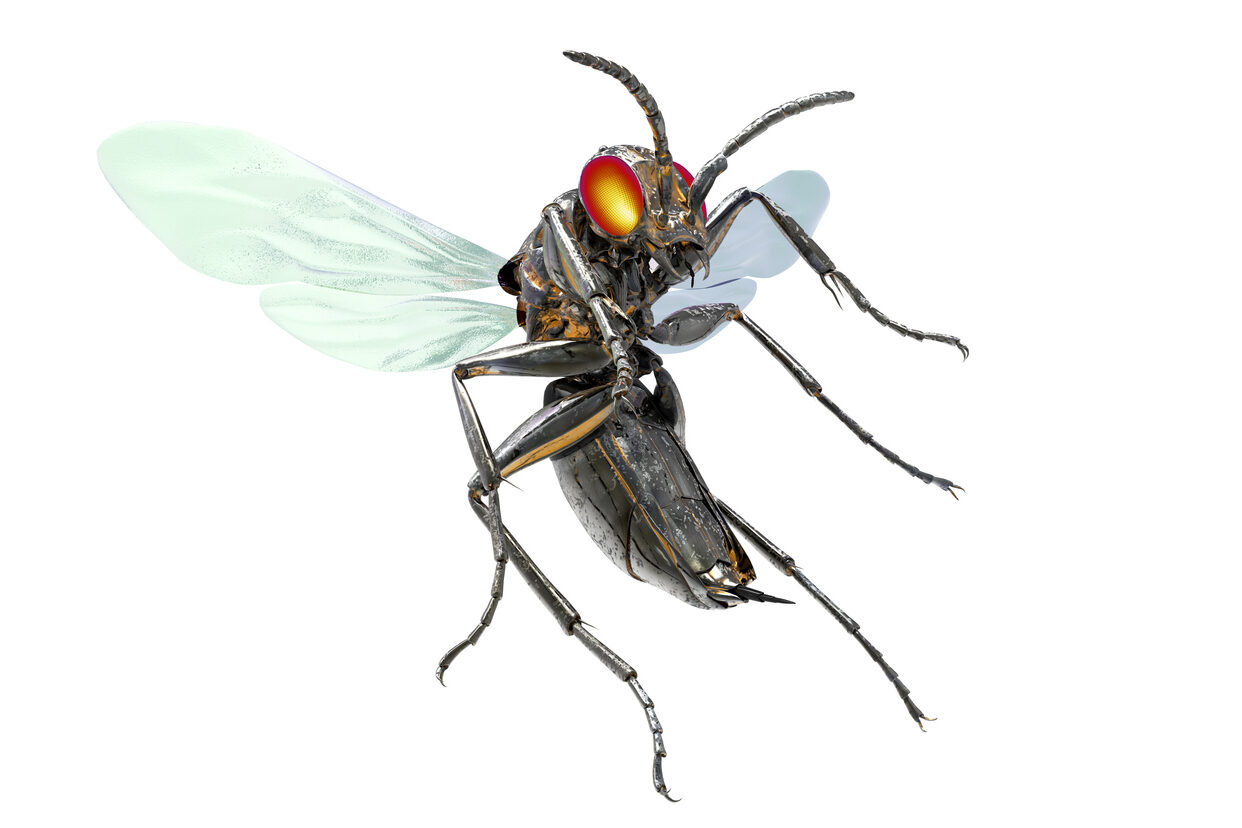
Let’s zoom out from the hive and into the wild. Robotic insects are now being deployed to scout and analyze fragile ecosystems where real bugs can’t survive or where scientists dare not tread. Think radioactive zones, toxic spill sites, or collapsed buildings. These mini marvels can fly, crawl, or hover through dangerous terrain, gathering data on air quality, humidity, pollution, and more. They’re like bug-sized superheroes, equipped with tools instead of capes.
And the best part? They don’t just collect data—they relay it to real bugs who can survive there, creating a collaborative system of artificial and organic life. Imagine a robot locust detecting high CO₂ levels in a cave and then directing real locusts to avoid it. Or a robotic moth navigating a wildfire zone, helping researchers understand how the smoke affects pollinators. It’s not just about survival; it’s about preservation, adaptability, and teamwork at its tiniest. These bots are becoming the world’s smallest environmental consultants—and they don’t even need a paycheck.
Revolutionizing Search and Rescue Missions
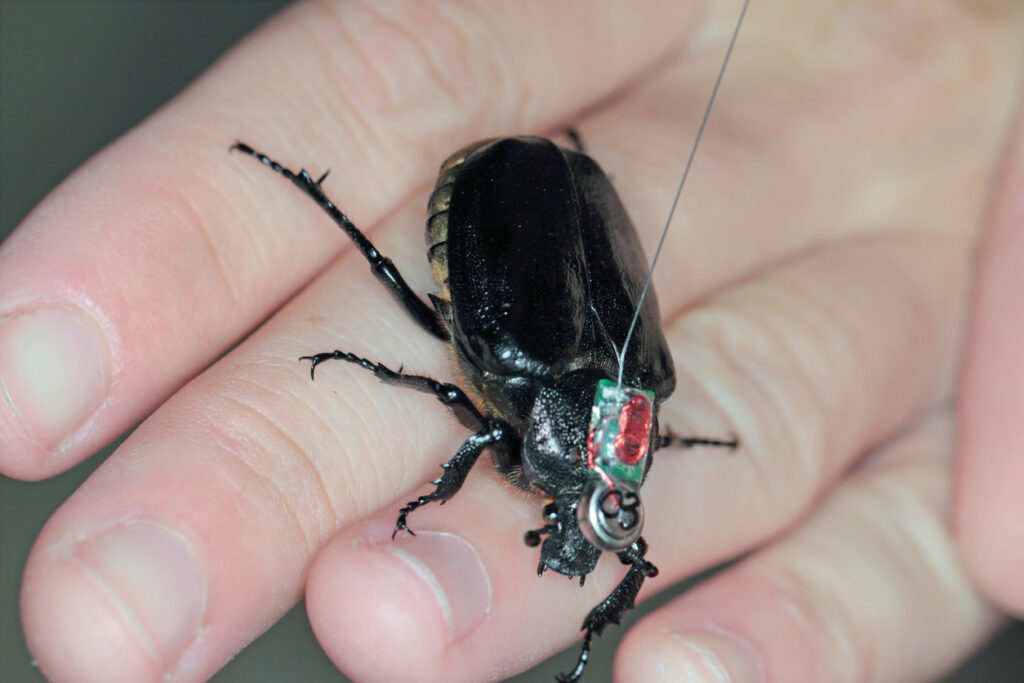
Yes, you read that right: part-robot, part-real bugs might one day help save human lives. Scientists are experimenting with cyborg insects—real bugs that have been fitted with tiny electronic backpacks. These devices can control the bug’s direction, detect chemicals, and even relay signals to human operators. A beetle scuttling through rubble might be carrying a mini heat sensor, searching for signs of life. It’s creepy, it’s clever, and it just might be the future of rescue tech.
This isn’t science fiction—it’s already in testing phases in earthquake-prone regions. Unlike bulky drones, bugs can wiggle through the tightest cracks and survive conditions no machine ever could. And because they’re living creatures, they’re incredibly energy-efficient: their tiny circuits sip power, and the bug does the heavy lifting. There’s something poetic about that, isn’t there? Using nature’s own design to solve some of humanity’s hardest challenges. Just don’t be surprised if, one day, a beetle with a blinking backpack saves someone from a collapsed building.
Designing Sustainable Tech Using Robotic Butterflies

When scientists designed robotic butterflies, they weren’t just focused on mimicking beauty. They wanted to replicate efficiency, grace, and sustainability in technology. These robotic butterflies have wings that flap with the precision of a real insect, and their movements are powered by eco-friendly materials that make them more energy-efficient than traditional motors. They take the delicate flutter of a butterfly and turn it into something futuristic—a machine that’s as elegant as it is functional. It’s as though nature itself whispered the secret to renewable energy.
By studying how real butterflies glide through the air, engineers are learning to create devices that consume less energy and move with a more natural flow. These robotic replicas are helping to improve everything from drone designs to aircraft engineering. The dream is to reduce the environmental impact of machines while mimicking nature’s effortless beauty. Who would’ve thought that a butterfly’s dance in the sky could lead to breakthroughs in sustainable tech? In the future, we might just owe our cleaner world to these delicate mechanical wonders.
Robo-Insects Are Filling the Void
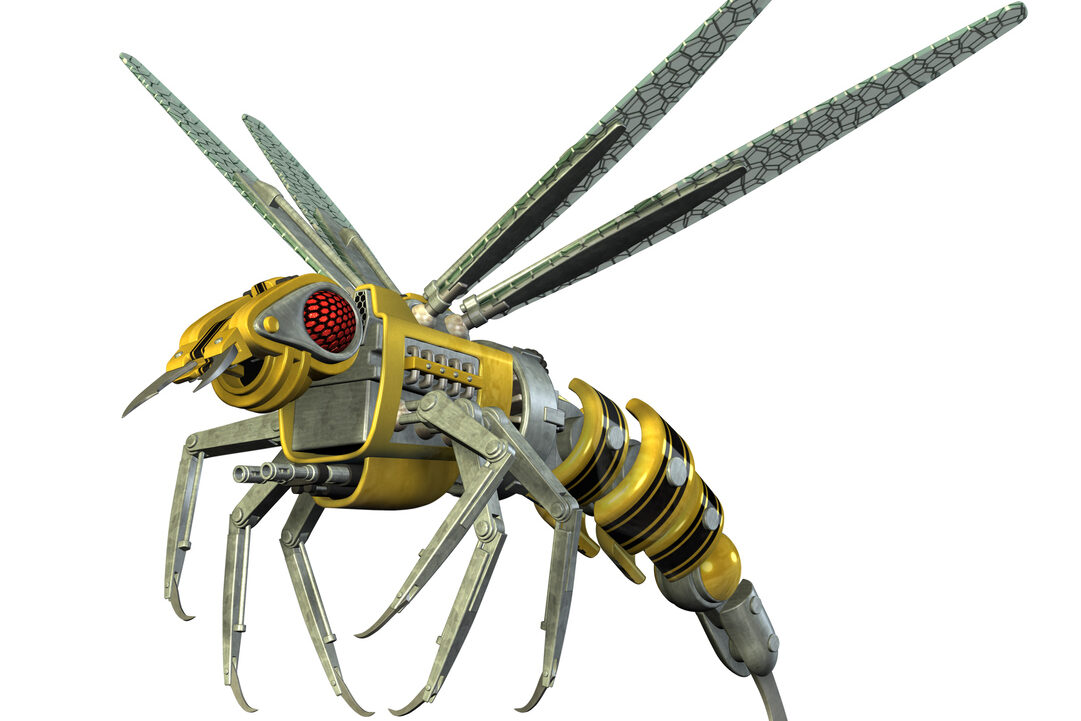
As the bee population continues to face serious declines due to pesticides, habitat loss, and disease, robotic insects are stepping up to fill the void. Researchers are creating buzzing robots that can pollinate flowers, crops, and plants just like real bees. These bots are equipped with tiny pollen-collecting devices, and they even mimic the erratic flight patterns of bees to ensure the pollen sticks. In a world where the future of pollination is under threat, these mini-robotic pollinators could be the key to safeguarding our food supply.
In some areas, these robots are already being deployed to help pollinate crops in greenhouses or areas where bees have vanished. Imagine a future where a fleet of mechanical bees works side by side with the real ones, ensuring that the flowers bloom and the fruit grows. While it may seem strange at first, this collaboration between organic and artificial life could be a crucial tool in keeping our planet’s ecosystems—and our food systems—thriving. The future of farming might just involve more than dirt, seeds, and sunlight; it could include tiny robotic assistants buzzing through the air, keeping crops alive and well.
Seeing The World Through an Insect’s Eye
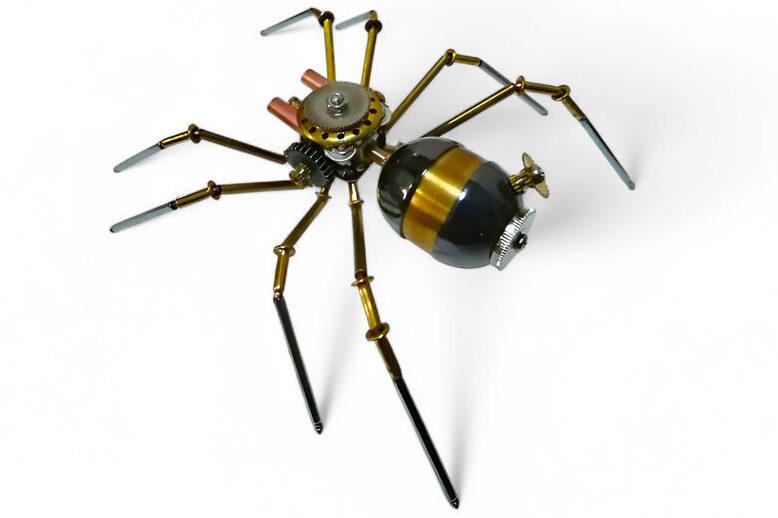
As we teach robots to behave like insects, we’re not just creating smarter machines—we’re learning to see the world through different eyes. By understanding how insects navigate, communicate, and interact with the world, scientists are gaining insights into human behavior, too. The connection between humans, nature, and technology is becoming clearer, and it’s shifting how we approach innovation. What happens when we start thinking of ourselves as part of a larger web of life—where even tiny robots can play a role in the ecosystem?
This isn’t just about creating more efficient technology; it’s about redefining the future of coexistence. Robots can’t replace real insects—after all, there’s no robot that can match a bee’s instinct or a locust’s agility. But by working in tandem, robots and insects could help humans solve the environmental challenges that threaten us all. It’s an exciting era for innovation, where biology and technology are becoming indistinguishable, and where our future might be buzzing with possibility. Who knew the next big leap for humanity would start with a few mechanical bugs?


